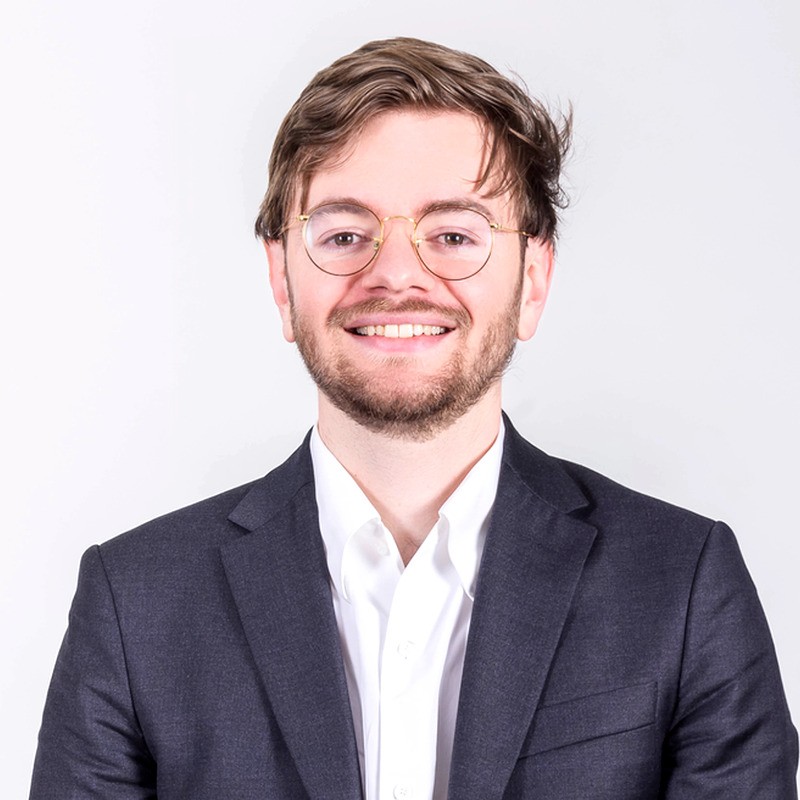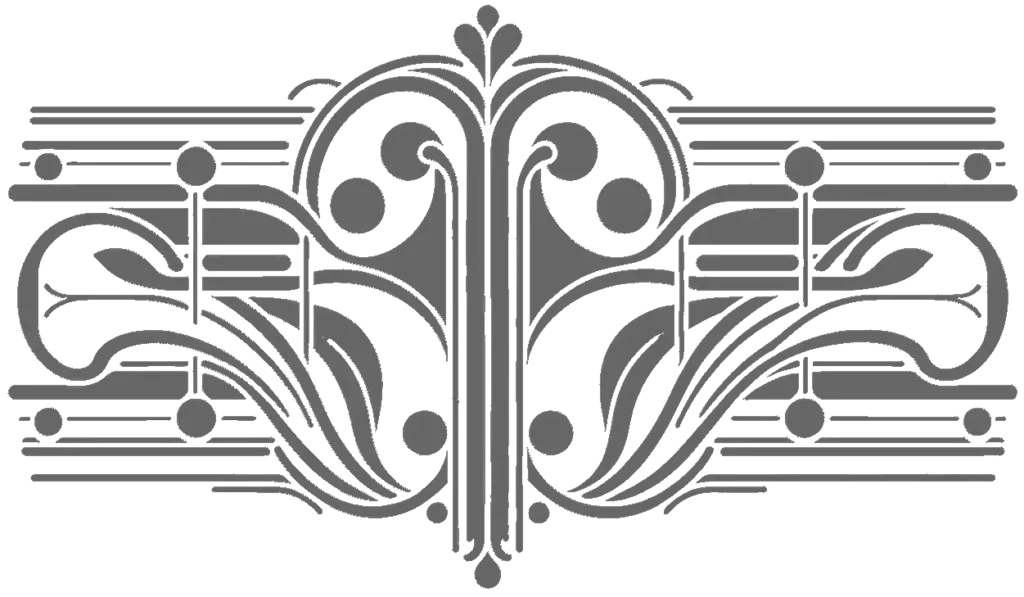
I lead the Passenger Cognition Lab at the RATP Group, where our goal is to make the Paris public transportation network easier and safer to navigate. With RATP facilitating around 10 million trips daily in Paris, it’s quite a challenge!
I hold a Ph.D. in cognitive science from EHESS, completed at the Institut Jean-Nicod at ENS Ulm (Department of Cognitive Studies), where I continue to collaborate.
I’m open to collaborations, conferences, and new projects—let’s connect! 😉

Industrial Doctorate at the Paris metro company (RATP)
- Developed a zero-cost, real-time questionnaire system through social media bots to gauge passenger sentiment during service disruptions, culminating in a published study.
- Data-enginered a dataset of over 30 million RATP-centric tweets and analyzed it using advanced NLP methods like Spacy, CamemBERT, and large language models such as GPT-4.
- Executed a detailed distress analysis based on social media data and internal train data from the major Line 4 incident in June 2023, providing actionable insights for customer service follow-up and internal operational audits.
- Devised an innovative psychometric instrument to quantify and improve the clarity of communication during traffic disruptions, mapping passengers perception of 63 key messages over 9 dimensions.
- Initiated a strategic initiative to implement statistical models in forecasting return to normalcy time estimates, so as to double the precision of estimations during disruptions.
- Crafted key performance dashboards for the executive committee in charge of passenger experience, marketing and services.
Animation 1: The most prevalent emotion experienced during traffic disruptions is helplessness.
Video 1: Presentation of the research stakes in the summer of 2021 for the social networks of ENS Ulm.

Disorientation during the Covid-19 pandemic (RA-COVID19 v11)
- At the beginning of the Covid-19 pandemic, we posited that the pandemic was fundamentally disorienting in a manner akin to spatial disorientation. We aimed to document and investigate these non-spatial forms of disorientation. (Hypothesis paper published on Global Discourse)
- We first distributed a qualitative questionnaire and performed a phenomenological analysis of the reports. We identified six emerging themes: temporal rift; temporal vertigo; impoverished time; tunnel vision; spatial and social scaffolding of time; suspended time. We drew a key distinction between episodic and existential forms of temporal disorientation, and we argued that the Covid-19 crisis is best conceptualised as a period of suspended time. (Qualitative paper published on Phenomenology and the Cognitive Sciences)
- Based on this qualitative analysis, we designed and validated a psychometric instrument aimed at measuring temporal and social disorientation. These two non-spatial forms of disorientation were the most prevalent ones during the Covid-19 pandemic. (Validation paper published on PLOS One)
- We distributed this instrument to thousands, including students from higher education institutions in France and the general population on Twitter. We analyzed 3,306 responses and discovered that perceptions of a slow passage of time and skewed distance judgments were associated with significant disturbances in all examined domains. These included temporal disruptions—the ability to project oneself into the future; the sense of a rift between pre-pandemic and pandemic times; locating oneself in time; recalling the order of past events—as well as an overall sense of social disorientation, and trauma-specific disturbances. (Analysis paper published on Nature Scientific Reports)
- In a further exploration of that same dataset using a 2SLS regression analysis, we show social disorientation to be a strong predictor of temporal disorientation during the Covid-19 pandemic. We claim that addressing social, not temporal, disturbances should be top priority for policy makers in times of crisis. Moreover, policymakers should not rely on objective measures of social isolation but on the experiential aspects of social disorientation. (Analysis paper published on the British Journal of Psychology)
- Our results have policy implications: (1) perceived passage of time is interesting to monitor during crisis management as it can serve as a proxy indicator for a wealth of subjective disruptions, (2) these subjective disruptions, in turn, were mostly driven by social disorientation during Covid-19. Public authorities should seek to provide clear future temporal landmarks to prevent disorientation, as well as ensuring those at risk are not socially secluded.
Animation 2: Experiencing a slow passage of time was an indicator of social and temporal disorientation during the Covid-19 pandemic.